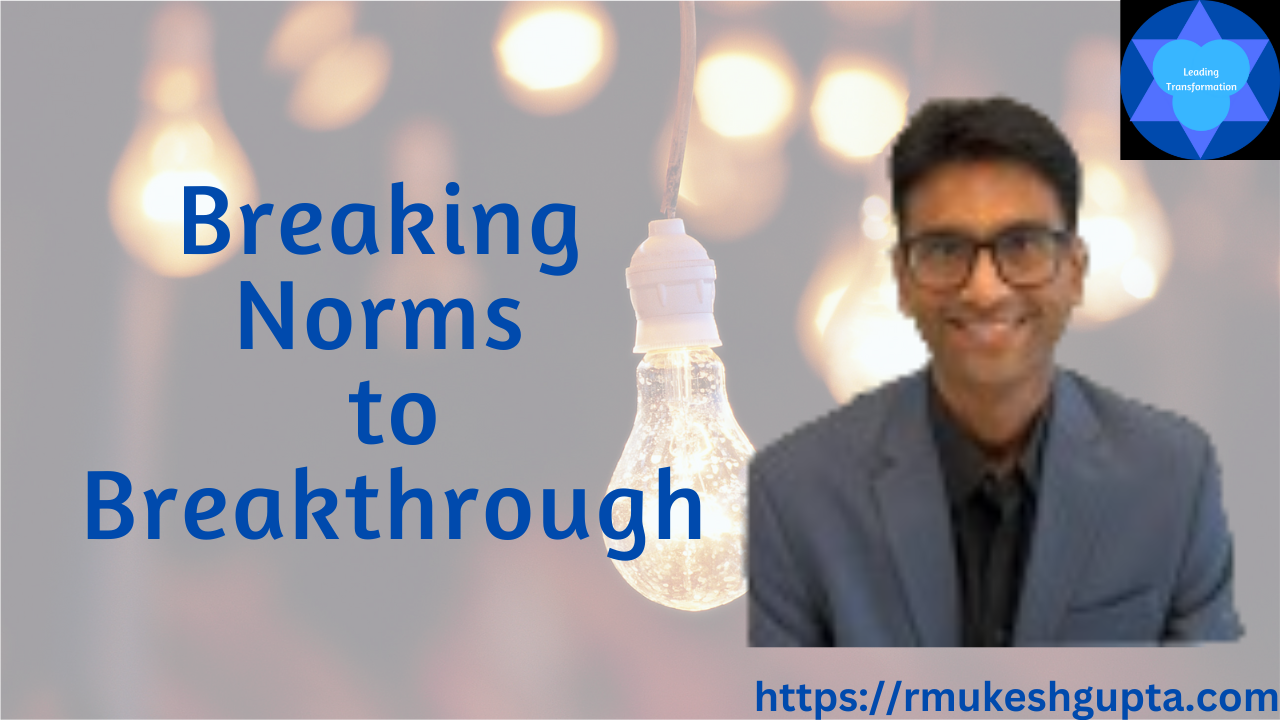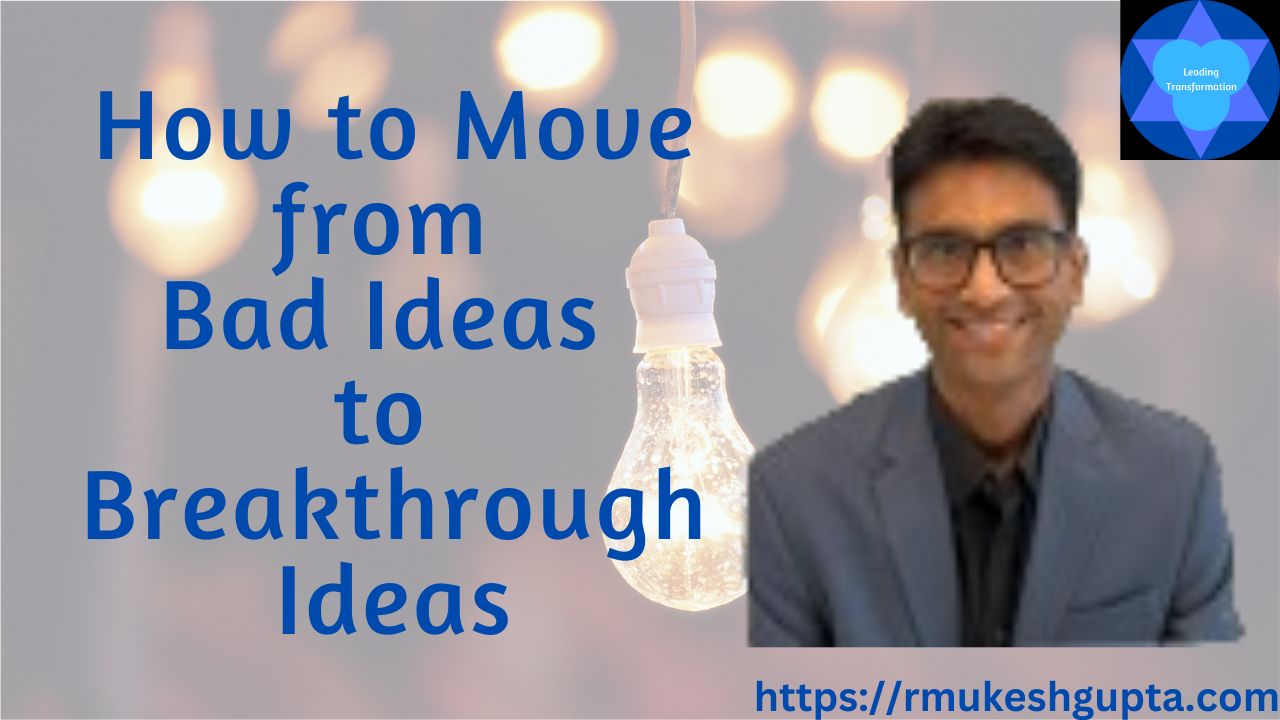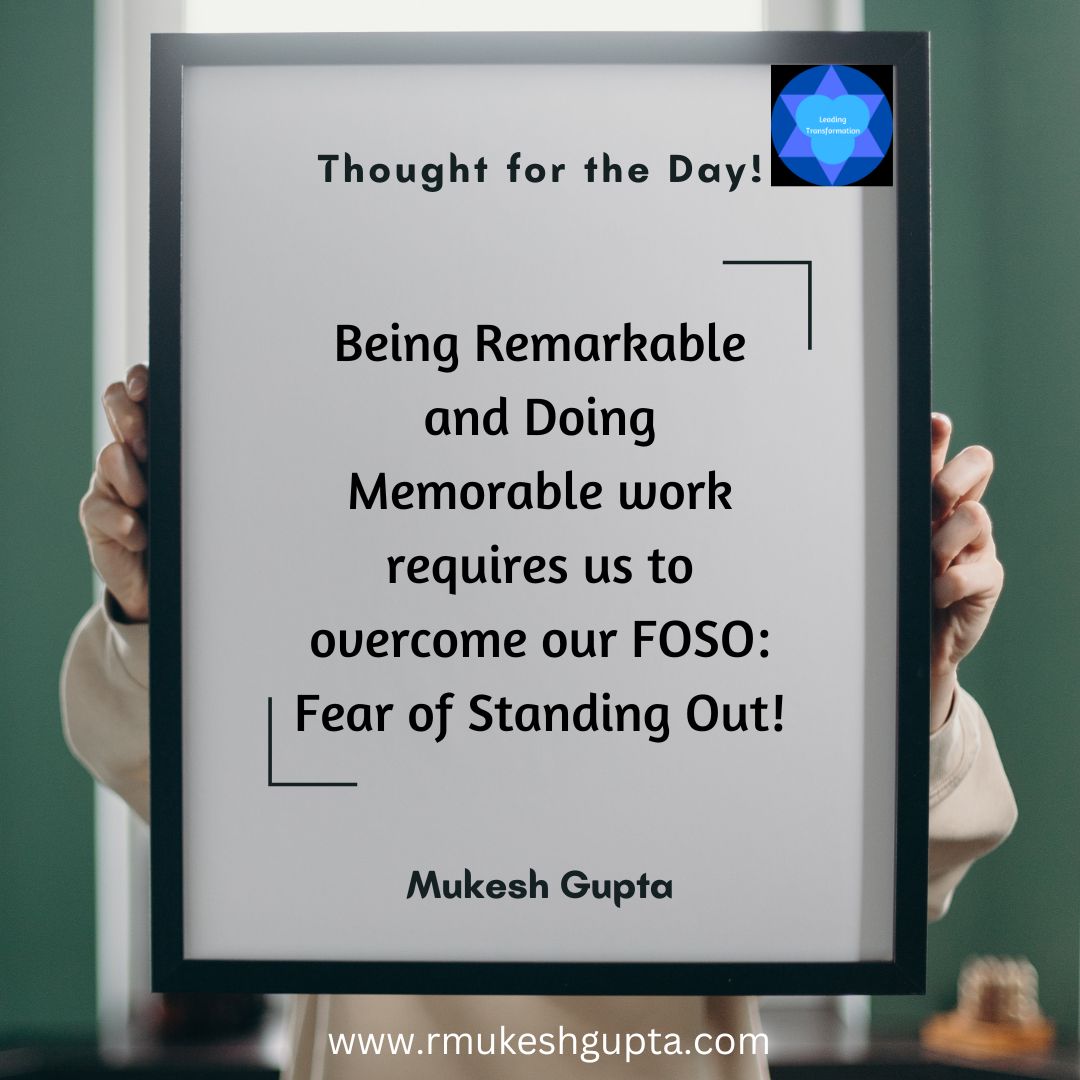Thyssenkrupp unveiled their latest product – Multi. This is the world’s first rope-free elevator that can move both horizontally and vertically. I think this is a breakthrough that is worth celebrating.
They claim:
Introducing the elevator industry’s holy grail and the end of the 160-year reign of the rope-dependent elevator. MULTI harnesses the power of linear motor technology to move multiple cars in a single shaft both vertically and horizontally!
This opens up new possibilities in urban development. You could envisage a time when if you were to move from one building to another, you could take an elevator to the adjacent building and could move from one building to another without having to step out at all.
What interests me is the following question:
Why did it take 160 years to come up with this innovation?
I am sure that part of the answer to the question is the availability of technology could make vertical and horizontal movement possible in a safe manner. I am also sure that the technology being used in this elevator has been already in use for sometime now. So, why did it take so long? I think the answer is to this question lies at the heart of all innovation efforts. We need people to be inquisitive and ask simple questions, based off of their observations.
So, if you were to go out and observe people’s behaviour (movement) in a building, they could be any of the following:
- They go up or down the building.
- They want to move from one office to another on the same floor.
- They go down, out and then walk to another building.
- They go down to the parking lot (if there is one and move out).
Based on these observations, we could ask the following questions:
- What is the frequency of people moving up/down or across the same floor?
- How much time do they spend waiting for elevators while moving up/down or move across the same floor?
- Do they value speed or social interactions?
- What else are they trying to accomplish in their lives – trying to be(come) healthy (physical movement) or save time or conserve energy through sustainability?
You can understand where we are going with this. Another question that interests me is the following:
Why has there been not many new innovations when it comes to movement of people within a building? You could take stairs, elevators or escalators (motorised stairs).
Maybe because, we never gave any thought to this problem. We had a problem (moving up and down a building) and there was a solution that helped solve the problem (elevators). As the buildings got taller, the speed of the elevator became a problem. So, we either developed faster elevators or created other things for the passengers to do while they wait for/in the elevators like talk, have a cup of coffee or mostly look at ourselves in a mirror. So, as long as the problem was solved in a way, no one found a need to think about solving it in a different way.
That is until now and it took a art and design student to give it a thought and develop a new prototype, one that has the potential to solve multiple challenges in one solution. Introducing the Vycle. You could think of it as a cycle to go up or down a building. I recently had a chance to speak to the creator of this product for my podcast, which will be available shortly. A short video that shows how Vycle works is here.
I guess all the public discussions about new modes of transportation like self-driving cars, delivery drones and high speed hyperloops, has had a surprising effect on innovators and a spill-over effect on thinking about overall human mobility.
Hence, suddenly there is a lot of thought on not just human mobility outside of the building, but also about human mobility inside the building as these projects show.
Now the question that each one of us need to ask ourselves is the following:
What is the equivalent of rope operated elevators in our industries?
Finding answers to this question and working on them can prove to be immensely rewarding experience for entrepreneurs.





